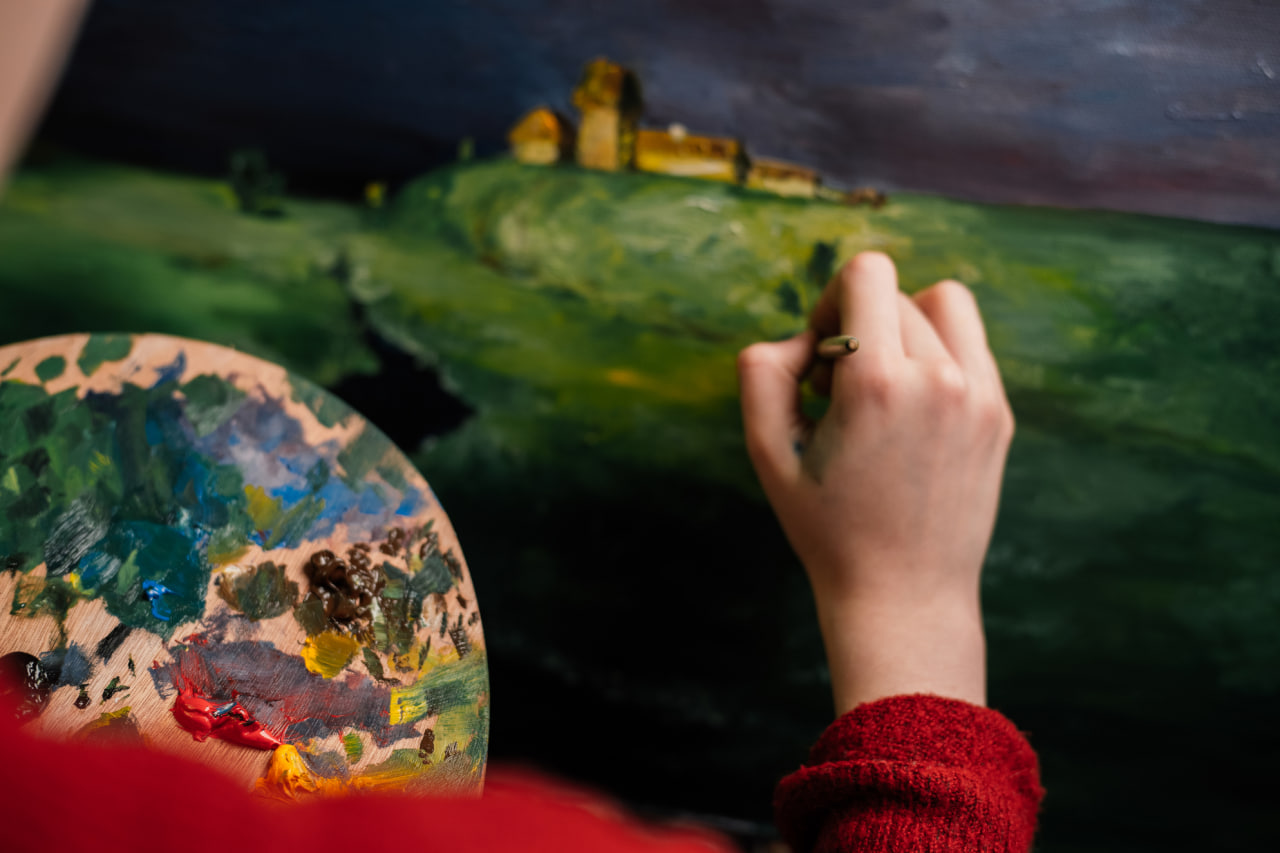Essential Techniques for Capturing Natural Light in Landscape Painting

Understanding the Importance of Natural Light
Natural light is one of the most critical elements in landscape painting. It shapes the mood, defines the forms, and creates depth and atmosphere in your artwork. Capturing light accurately allows your paintings to feel vibrant and realistic, inviting viewers into the scene. Learning how to observe and represent light is a skill that develops with practice and a keen eye.
Observing Light and Shadow
The first step in capturing natural light is careful observation. Notice how sunlight interacts with different surfaces—how shadows fall, how colors shift in light and shade, and how reflections create highlights. Pay attention to the direction, intensity, and quality of light at different times of day. Morning light is often soft and warm, while midday sun can be harsh and bright. Evening light tends to be cool and diffuse.
Using Value and Contrast
Value, the lightness or darkness of a color, is essential for depicting light and shadow. Strong contrasts between light and dark areas help to define shapes and create a sense of volume. When painting, start by establishing the main light source and blocking in the darkest shadows and brightest highlights. Gradually work toward midtones to build a smooth transition that mimics natural light.
Color Temperature and Light
Colors can appear warmer or cooler depending on the light source. Warm light, like sunlight, often brings out yellows, oranges, and reds, while shaded areas might shift toward cooler blues and purples. Understanding color temperature helps to add realism and mood to your landscapes. Experiment with warm and cool hues to represent light and shadow effectively.
Techniques for Painting Light Effects
Several painting techniques can help you capture natural light:
- Glazing: Applying thin, transparent layers of paint to build luminosity and depth.
- Dry Brush: Using a brush with very little paint to create texture and light reflections.
- Scumbling: Lightly brushing opaque or semi-opaque paint over a dry layer to soften edges and suggest light haze or atmosphere.
Incorporate these techniques based on the effect you want to achieve in your painting.
Painting Plein Air to Study Light
One of the best ways to understand natural light is to paint outdoors, or “en plein air.” Painting on location allows you to see light changes in real time and respond to its subtleties directly. While challenging, plein air painting sharpens your observation skills and helps you develop a more intuitive approach to depicting light and atmosphere.
Balancing Detail and Light
While capturing light, it’s important to balance detailed elements with broader light effects. Sometimes, overly detailed areas can compete with the lighting and disrupt the overall harmony. Use softer edges and less detail in areas of strong light or shadow to keep the focus on light relationships rather than every small object.
Practice and Patience
Mastering natural light in landscape painting requires practice and patience. Take time to study different lighting conditions, experiment with techniques, and learn from each painting session. Over time, your ability to capture the magic of natural light will deepen, making your landscapes more engaging and alive.
